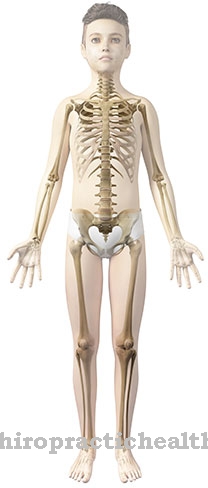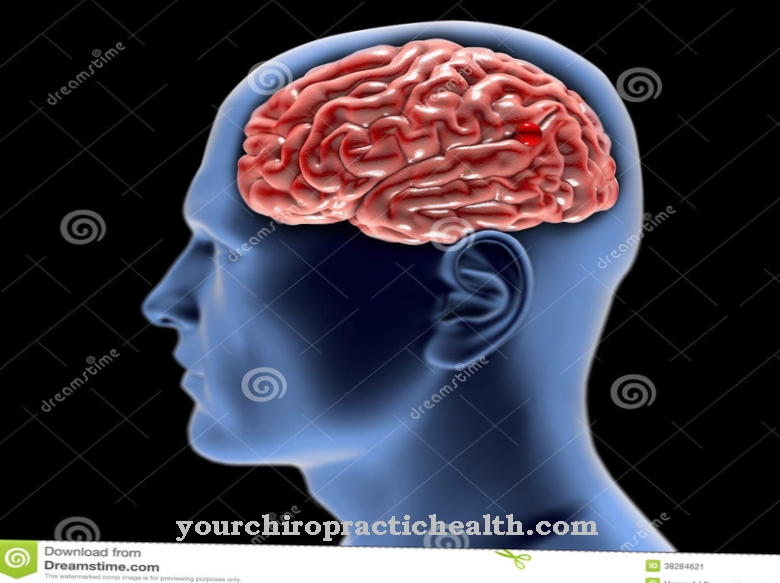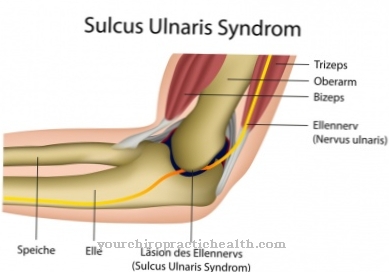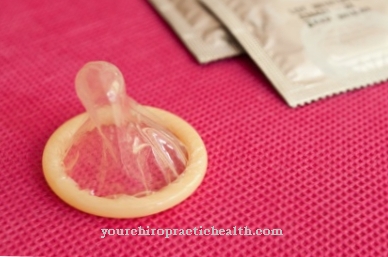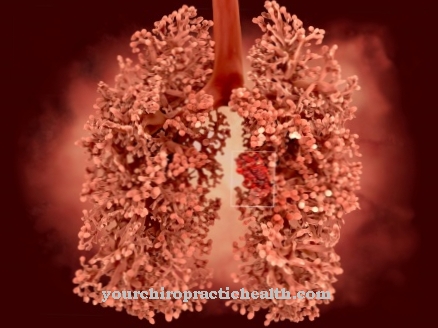Chondroblasts are progenitor cells of the chondrocytes and form the extracellular matrix of the cartilage tissue. In the course of the process, they find themselves isolated from their neighboring cells in a lacuna and at that moment become chondrocytes, the cartilage cells. The most well-known disease associated with cartilage tissue is degenerative osteoarthritis.
What is a chondroblast?
In Greek, "chondros" means something like "grain" or "cartilage". The word "blastos" is literally translated as "germ" or "sprout". The medical-biological term chondroblast is accordingly a loan word from the Greek, which is composed of the two words mentioned.
Chondroblasts are precursor cells of the so-called chondrocytes, which are significantly involved in the formation of cartilage tissue in the human body. Chrondroblast and chondrocyte are not synonymous terms. Chondrocytes develop from chondroblasts, which are still able to divide at the stage of their development. Thus, medicine uses the term chondroblast to refer to a developmental stage of the chondrocytes in which differentiation and specialization are not yet complete. The formation of chondrocytes is summarized as chondrogenesis.
Anatomy & structure
Mesenchyme is formed during the embryonic development and corresponds to an important filling and supporting tissue with polypotency. This means that many different types of tissue can develop from mesenchyme through differentiation and division processes. The mesenchyme comes from the mesoderm, the middle cotyledon.
In addition to connective tissue, tendons and bones, cartilage tissue is created from the mesenchyme. The tissue consists of star-like branched cells that are connected by processes and the nexus and carry loose intercellular substance in their spaces. So-called prechondrocytes are formed from the mesenchyme through mitotic processes on the way to the cartilage tissue. These are progenitor cells of the chondroblasts. From these chondroblasts, the chondrocytes develop over time. There is a difference between early chondroblasts and late chondroblasts, which are characteristically columnar.
Function & tasks
Chrondroblasts are the basis for chondrocytes. Although they are ultimately progenitor cells, they themselves already perform important tasks in the human body. These tasks correspond to the production and secretion of various components of the cartilage matrix. Essentially, chondroblasts are able to produce all components of the cartilage matrix. In addition to type II collagen, these components include glycosaminoglycans, in particular chondroitin sulfates, keratan sulfates and hyaluronic acids.
The cells release the extracellular matrix of the collagenous cartilage to their environment. This secretion results in matrix accumulation around the cells. Because of the progressive formation and secretion of extracellular matrix, the matrix itself is subject to appositional growth, which separates the secreting cells from their surroundings. Substances such as fibroblast growth factor-18 (FGF-18) stimulate the cells to form cartilage matrix. In the course of growth, the chondroblasts find themselves in a lacuna. A lacuna is a closed cavity that separates a chondroblast from its neighboring cells.
As long as the extracellular matrix is still subject to a certain flexibility, the chondroblast can still divide. As soon as a single chondroblast is firmly enclosed in the lacuna from all sides, it loses its ability to divide. The matrix formation is also stopped from this point in time. If a chondroblast does not continue to divide cells or form any further matrix in its lacuna, it has reached the end of its differentiation phase. We are then no longer talking about a chondroblast, but rather chondrocytes.
In this context, chondrocytes are cartilage cells located in the cartilage tissue, which make up the main component of cartilage. With the formation of chondrocytes, chondrogenesis is complete. Cartilage is relevant, for example, in the context of bone formation and represents an intermediate stage of bone tissue.
Diseases
One of the most well-known diseases associated with human cartilage and chondroblasts or chondrocytes is osteoarthritis. This degenerative disease causes inflammation-independent damage to the joints, which causes severe pain. The extracellular matrix proteins of the chondroblasts are broken down by proteases.
The cartilage-stimulating effect of fibroblast growth factor-18 is now known. For this reason, medical research is currently concerned with the intra-articular injection of the growth factor to compensate for cartilage defects in patients with osteoarthritis. Recombinantly produced human FGF-18 is currently (as of 2016) being clinically tested. Chondroblasts and their secretion processes not only play a role in osteoarthritis. They are also relevant for what is known as achondroplasia. This pathological phenomenon is a relatively common mutation that affects the growth of the skeletal system.
The patients suffer from disproportionate dwarfism. They are equipped with a relatively long trunk and their middle extremity region is more or less shortened. The patient's limbs appear plump. The growth disturbance is due to a mutation-related quantitative disorder of chondral osteogenesis. The hereditary disease is associated with a reduced number of cartilage cell receptors for the growth-promoting fibroblast growth factor FGFR-3.
As a result, the chondroblasts cannot create a sufficient extracellular matrix and thus cannot develop into chondrocytes to a sufficient extent. Chondrocyte proliferation and differentiation are thus reduced in the growth plate of the cartilage tissue. Because of this, the chondral bone formation is disturbed. With this type of bone formation, the bone is created via the intermediate stage of the cartilage material and finally ossifies from the inside or outside. If this process is affected by disturbances, the fracture healing after a broken bone is also disturbed.

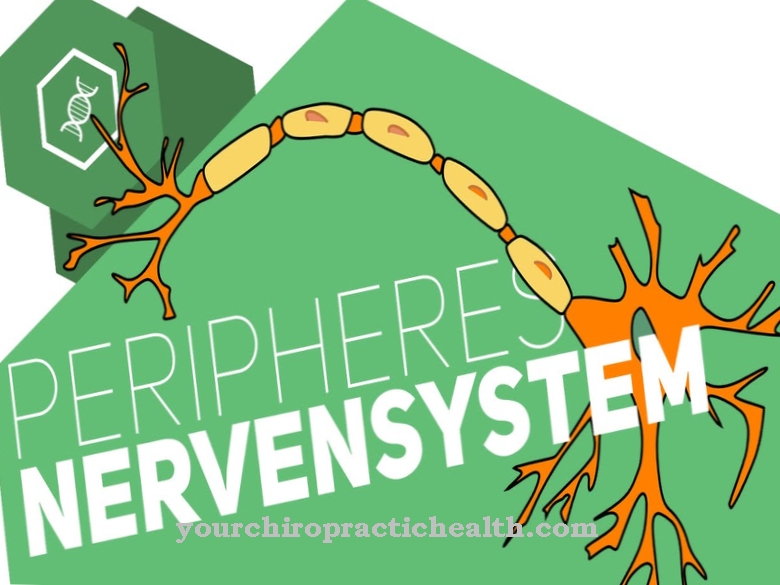
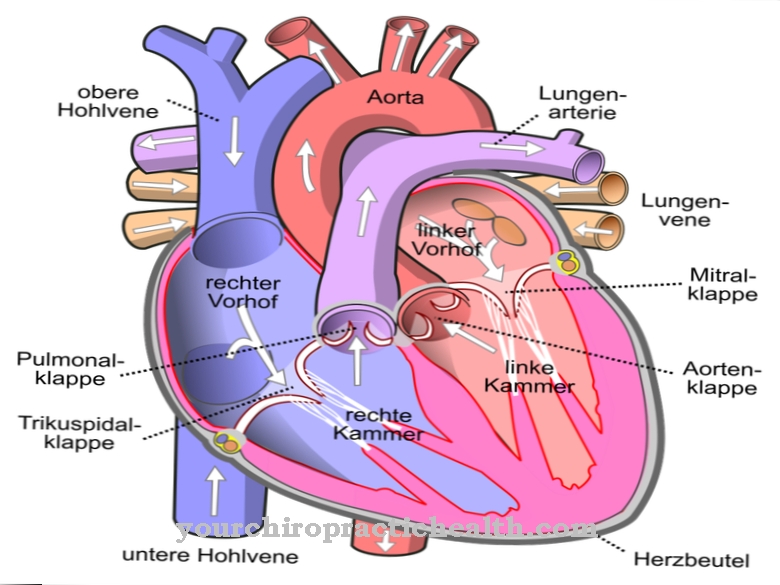


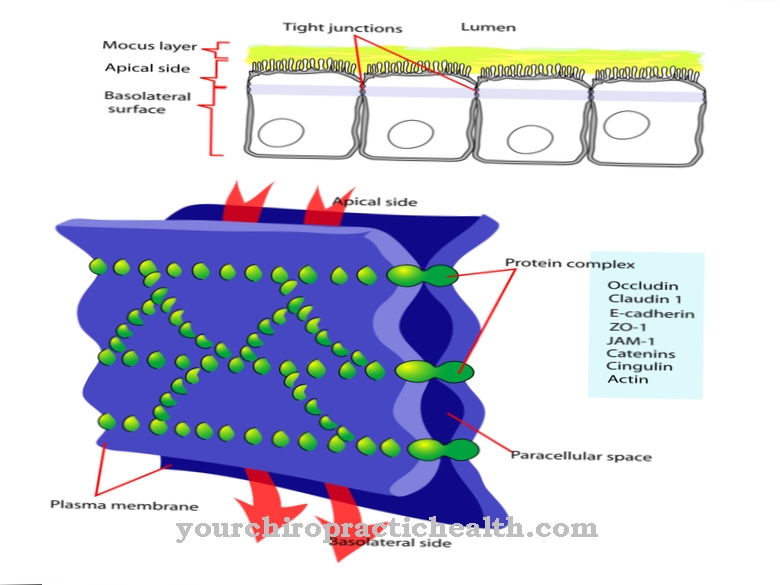
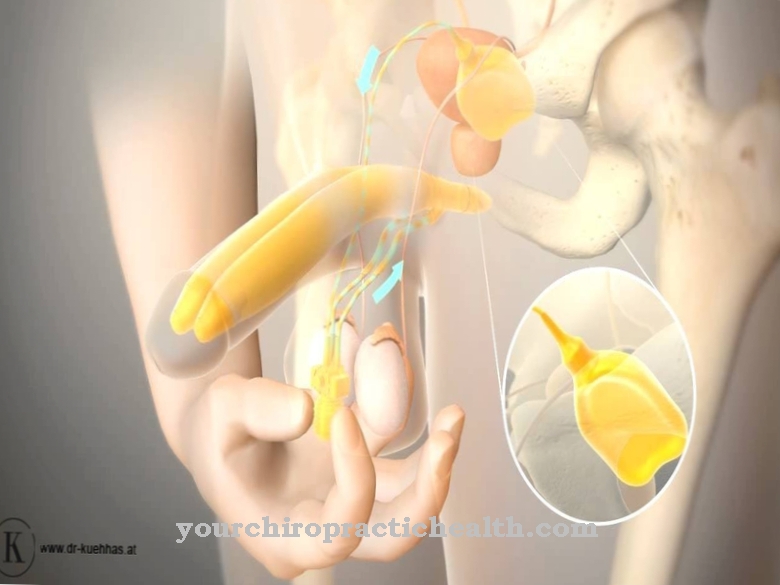

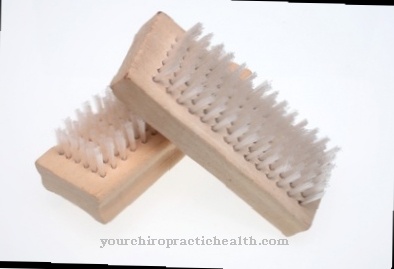

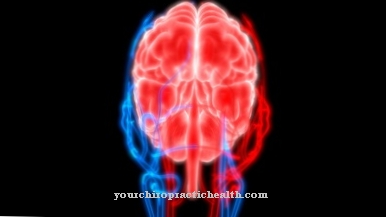
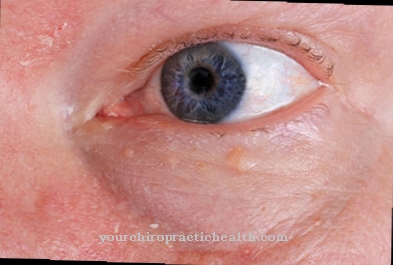


.jpg)
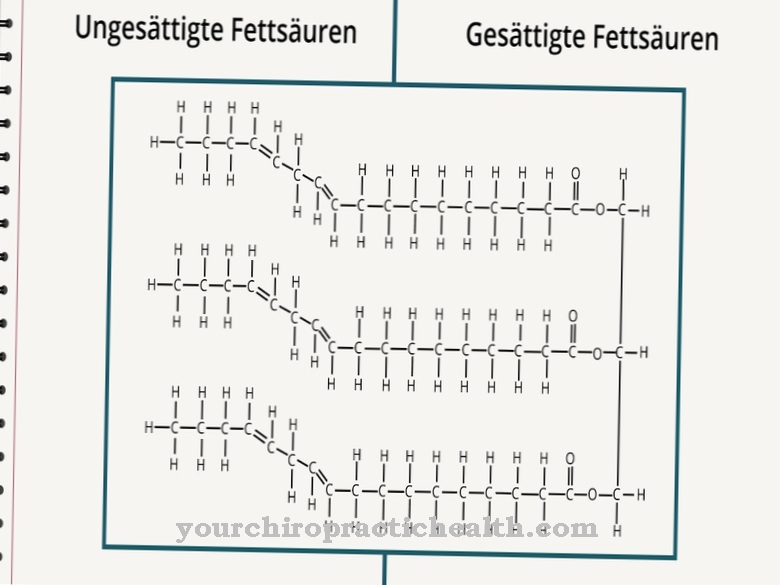



.jpg)
